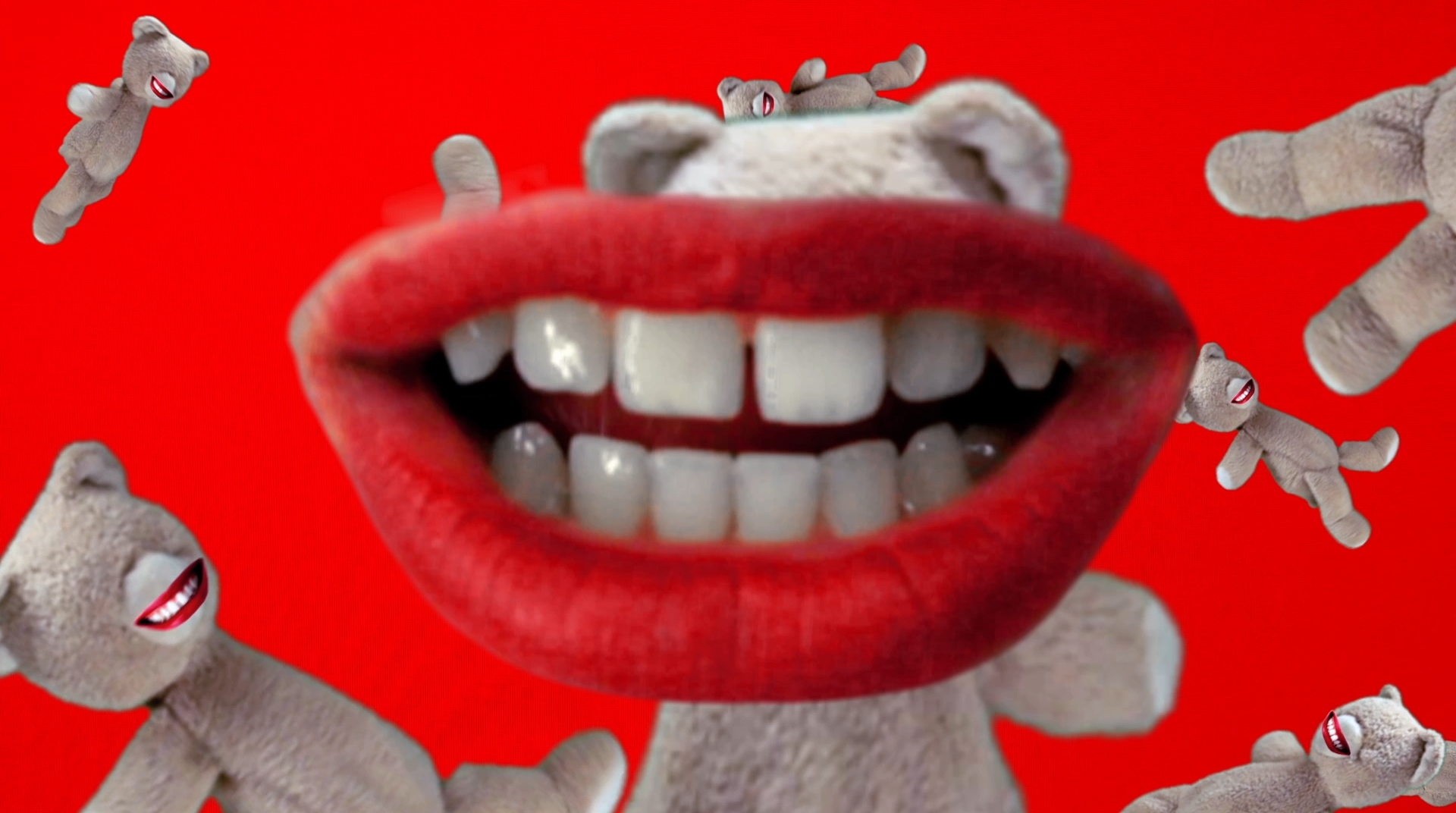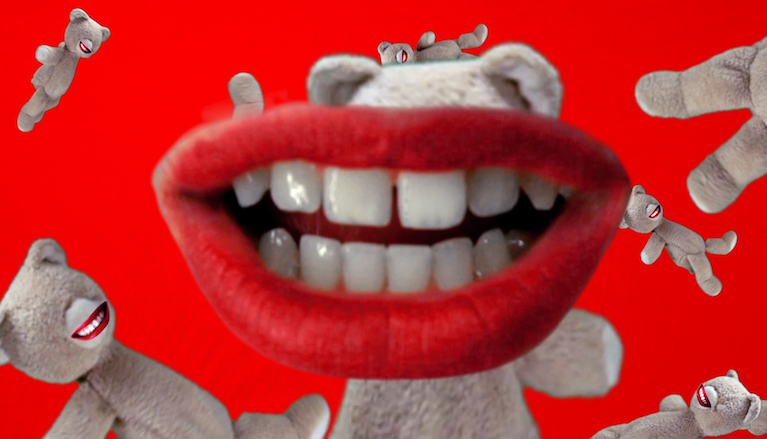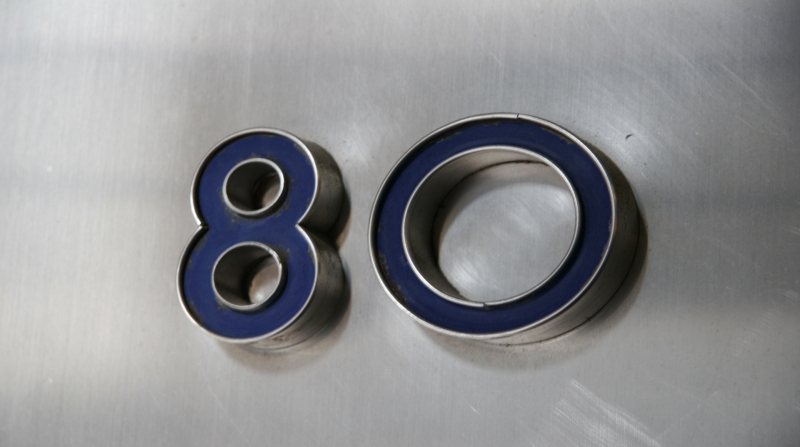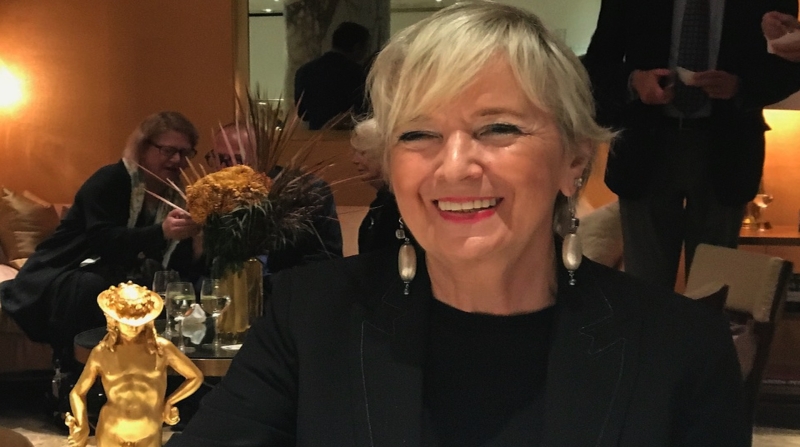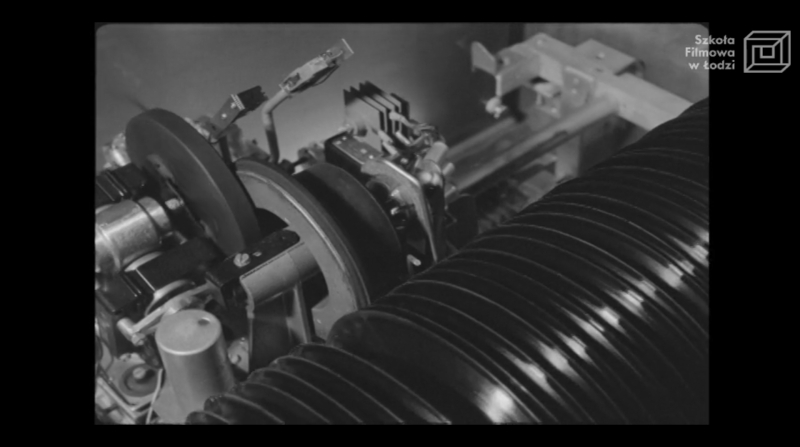Retina - Riva
Incontro con l’autore a cura di Luca Pacilio
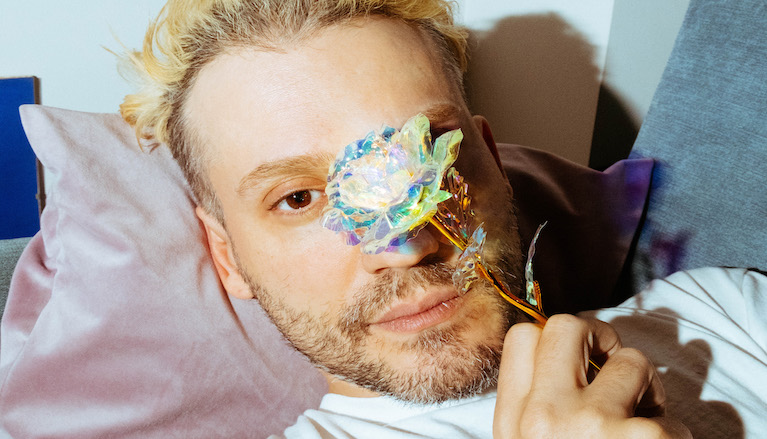
Simone Rovellini (1986) is a video maker hailing from Piacenza who lives and works in Milan. After his academic education, his interests have led him towards the web, thus making viral videos like the series Exploding Actresses. He has collaborated with Maurizio Cattelan’s Toiletpaper Magazine for a few years. In 2013, he founded the collective Motel Forlanini, mostly known for having created M¥SS KETA, the character that introduced the general audience to the Milanese club culture. He works in between various fields, from advertising to art, to music, with the web as his main vehicle. He teaches video art at the Nuova Accademia di Belle Arti and at the Fondazione Pistoletto.
Luca Pacilio
On the Italian music video scene, your videography is like an oasis of originality that, even when it refers to conventional genres, it does so to reinvent and redefine them. How did you start?
I had made a short film, C’est la vie, which was different from my subsequent music videos. It took years to complete because I did everything by myself, digging out objects, searching through my grandmother’s wardrobes. When I moved to Milan, I began to hang around new, stimulating circles. I met art directors and production designers, so I realised that the aesthetic side of my works could be taken care of by people who had matured some taste and culture in that field – being in charge of that specific aspect, they could also make strong decisions.
Your early works relate to reality as it is represented in TV, on the Internet, in bad YouTube videos, fanmade footage, or slideshows. They were video-collages in which fragments of various subcultures were juxtaposed. How did you get to such welldefined, sophisticated kitsch imagery?
In my videos I poured the result of the Milan clubbing culture, the joints in which I used to hang around, and the work I did for things like Toiletpaper Magazine, an experience that changed my way of depicting the pop social imaginary and, I believe, made me work with a more concise, less extremist approach. For me, it was fundamental to go to the Glitter Club: on the dancing floor, every Saturday night, there would be a live show with a more punk than kitsch attitude that paid tribute to the week’s cultural phenomenon.
This was a crucial experience that I think shaped my aesthetics in its most iconoclastic forms.
In Retina, you do something which can often be found in your works: you take a rhetorical system – i.e., the representation of SM sex and drug addiction – and you reverse it, adapting it to an opposite realm, that of children’s puppets.
That one is my real teddy bear collection when I was a child. In some way, I feel that video is like a show of affection towards them. It’s simply a different way of playing with them: with the usual crowd, it was automatic to transfer our racy and ‘wrong’ humour into a video – the result is obviously hyperbolic.
You were pioneers, because you poured contents on the Internet that came out of a creative need that was not necessarily connected to the promotion of a music video, taking a distance from music video conventional strategies.
Those videos, we would have made them anyway; there was the Internet, there was Facebook, and we used those channels to propose our things. It came very natural to us to use this kind of means and propose ourselves in that key.
You also brought a queer dimension to Italian music videos, something that had not been seen yet in that area, and not in that way. Were you aware of this?
I don’t know how much I was aware at the moment when that was the life I was experiencing: it was the world I lived in and the stories I would tell came out of there. The collective was queer, did queer things, hanged around queer places.
M¥SS KETA was a project in which song and video were at the same level: they went in the same direction.
There were three dimensions in M¥SS KETA, because besides the songs and the videos, there was the live dimension. All came together. Musica elettronica, for example, was the first video of the EP L’angelo dall’occhiale da sera. For its launch, there was an exhibition-event at an art gallery, we sort of set up a show where we not only premiered the video but also exhibited some props from the set and mementos from our early works.
Working on order changes your course. I’m thinking mostly of Mahmood’s Inuyasha.
My subsequent videos probably lack the political spirit underlying the KETA works; however, I am very, very interested in pure directing. I find myself at ease in dealing with the world that belongs to the artist and find my own expressive way through it. My approach changes radically depending on the person with whom I’m working, I am in a position to do completely different things; I can adjust to the project’s situations and characteristics. Inuyasha is one the first Italian videos that employ virtual production, a technology through which the physical and digital worlds merge with an exceptional photorealism. I cannot say that this is a video on order, because in some way Mahmood and I found each other without the intermediation of agents or production companies. Having such sincere an exchange was beautiful. Once again, coordinating the various creative figures to do the job was stimulating. My task as director is to bring to life and carry out the idea at stake: that is where my style and my skill come into play. Clod’s Slogan, for example, is one of the projects of this period which I cherish most, because it was born out of our willingness to create something beautiful, free from constraints. An example of video commissioned by a label that I’m proud of is Makumba, conceived by Noemi’s manager as a sort of cinepanettone in summertime. Carl Brave is very good at putting himself on the line, and there was a very good chemistry between him and Noemi: based on this, we created a Vanzina-style comedy.
Ciao Ciao by La rappresentante di lista had fifty million viewers.
It’s the most viewed video of those that I directed; paradoxically, also the one that feels less like ‘mine,’ because it was sort of already packaged – I only put in my craftsmanship, with a very narrow manoeuvre margin. Shooting was fun, and I think it works, but I prefer Diva, the next video I made for them, also because at that point there was more chemistry between Veronica and me, and in my opinion it transpires.
To conclude, have you ever thought, like many video makers do, of music video as a transition to cinema?
I have always thought of cinema as a destination, and I’m currently working in this direction.
ALL SCREENINGS ARE FREE
